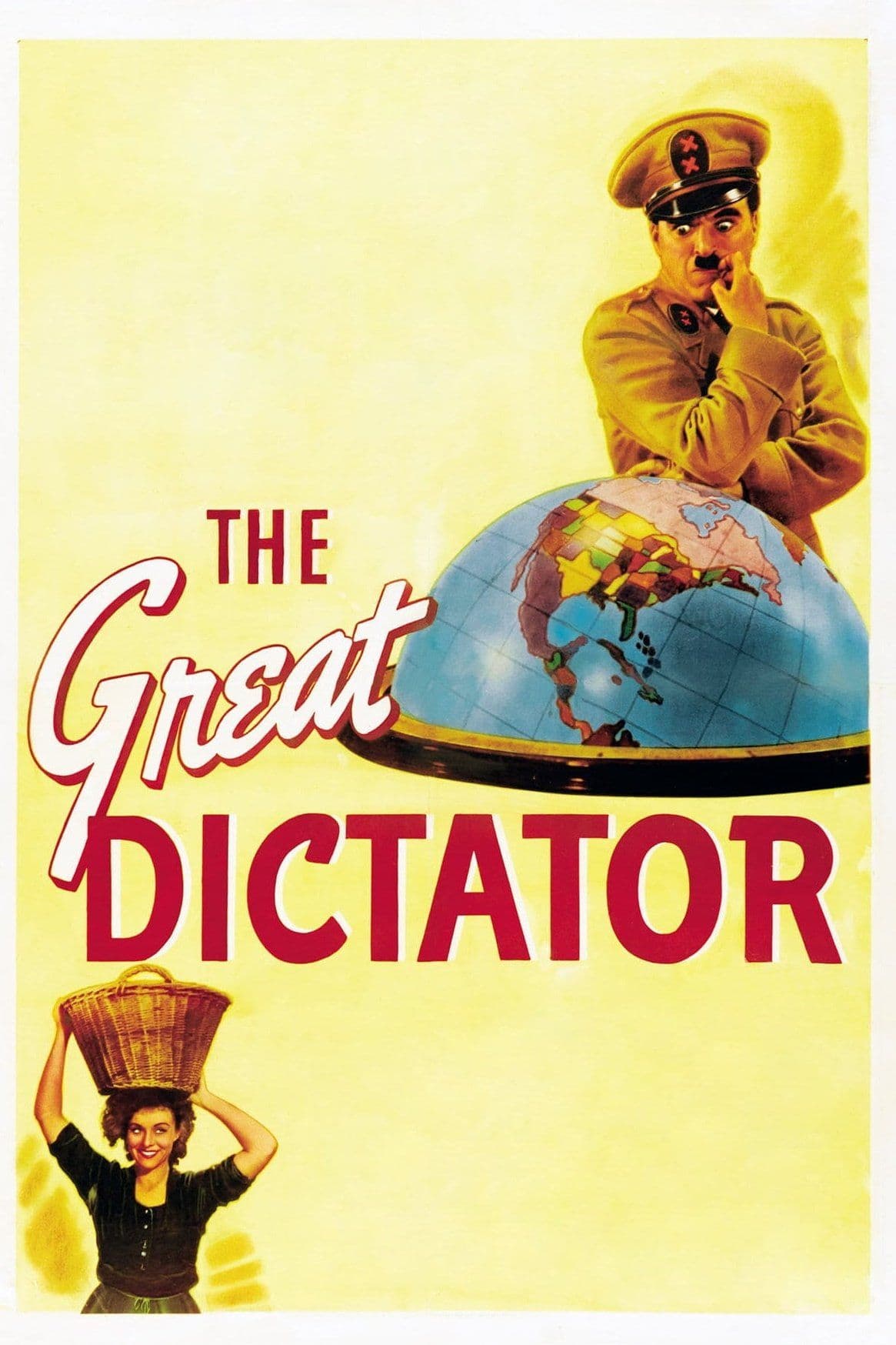
The Great Dictator
1940
Rate this movie
Average: 0.00 / 5
(0 votes)
Director
Charlie Chaplin's fierce satire on Nazism becomes an archetype of a particular type of cinema that incorporates two aspects: protest cinema and great art.
Essentially, Chaplin is not interested in making counter-propaganda, engaging in political proselytism, or simply mocking Nazism and its leader.
Chaplin wants to make a film in which he first and foremost discerns enormous aesthetic potential: that of staging a vainglorious dictator and all the ridiculous scenic apparatus he brings with him, which becomes the ideal stage for his parodies to unfold.
Through the figure of Adenoid Hynkel, dictator of Tomania, Chaplin essentially creates a fierce and irresistible parody of Adolf Hitler and Nazism, highlighting the absurdity and danger of totalitarian ideologies.
But The Great Dictator is also a work of great humanistic depth, celebrating liberty, human dignity, and brotherhood among peoples.
Chaplin, with his unmistakable mime and his ability to blend comedy and pathos, creates an unforgettable character, a dictator who is both grotesque and pathetic, evoking both laughter and pity from the audience.
The story takes place in the imaginary nation of Tomania, where dictator Adenoid Hynkel, with his aggressive rhetoric and his delusions of grandeur, oppresses the people and persecutes the Jews.
In parallel, in the Jewish ghetto, lives a barber who lost his memory during the First World War.
The barber, who bears an extraordinary resemblance to Hynkel, leads a simple and humble life, in love with the beautiful Hannah.
One day, by a stroke of luck, the barber is mistaken for the dictator and finds himself speaking to an immense crowd.
Instead of delivering a speech of hatred and war, the barber, inspired by his good heart and his ideals of peace and brotherhood, issues a passionate appeal for tolerance and solidarity.
His speech, full of hope and humanity, moves the crowd and spreads throughout the world, carrying a message of peace and reconciliation.
Chaplin's film has left a significant legacy in comic and satirical cinema, influencing directors such as Woody Allen, Mel Brooks, and others.
In particular, Woody Allen's Bananas shows clear references to Chaplin's work, albeit with a different style and irony.
Both films target the figure of the dictator, creating a grotesque and irreverent parody of authoritarian power.
Chaplin portrays Adenoid Hynkel as a comical and pathetic character, while Allen presents Fielding Mellish as an inept and neurotic individual who finds himself at the head of a banana republic.
Chaplin manages to create a series of scenes of great allegorical and aesthetic impact.
Memorable is the scene in which the Dictator gracefully plays with a hemisphere that bounces in his hand with the lightness of a balloon levitating in the air, at the mercy of the Tyrant's capricious hand.
The scene of the dance with the globe has become one of the most iconic and recognizable images in cinema history.
Chaplin, as Adenoid Hynkel, brings to life a surreal and hypnotic ballet with this inflatable globe, a symbol of his thirst for power and his craving for domination over all humanity.
The notable fact that this coveted world then literally explodes in his hands is a powerful metaphor whose meaning speaks for itself, like an incontrovertible universal sign.
Besides its paramount importance in the formation of a cinematic aesthetic, The Great Dictator is a film of extraordinary historical and artistic importance.
Made in 1940, in the midst of the Second World War, the film represents a courageous denunciation of Nazism and a passionate appeal for peace.
A film that continues to be relevant, a masterpiece that reminds us of the importance of fighting against all forms of oppression and defending the fundamental values of democracy and freedom.
Country
Gallery
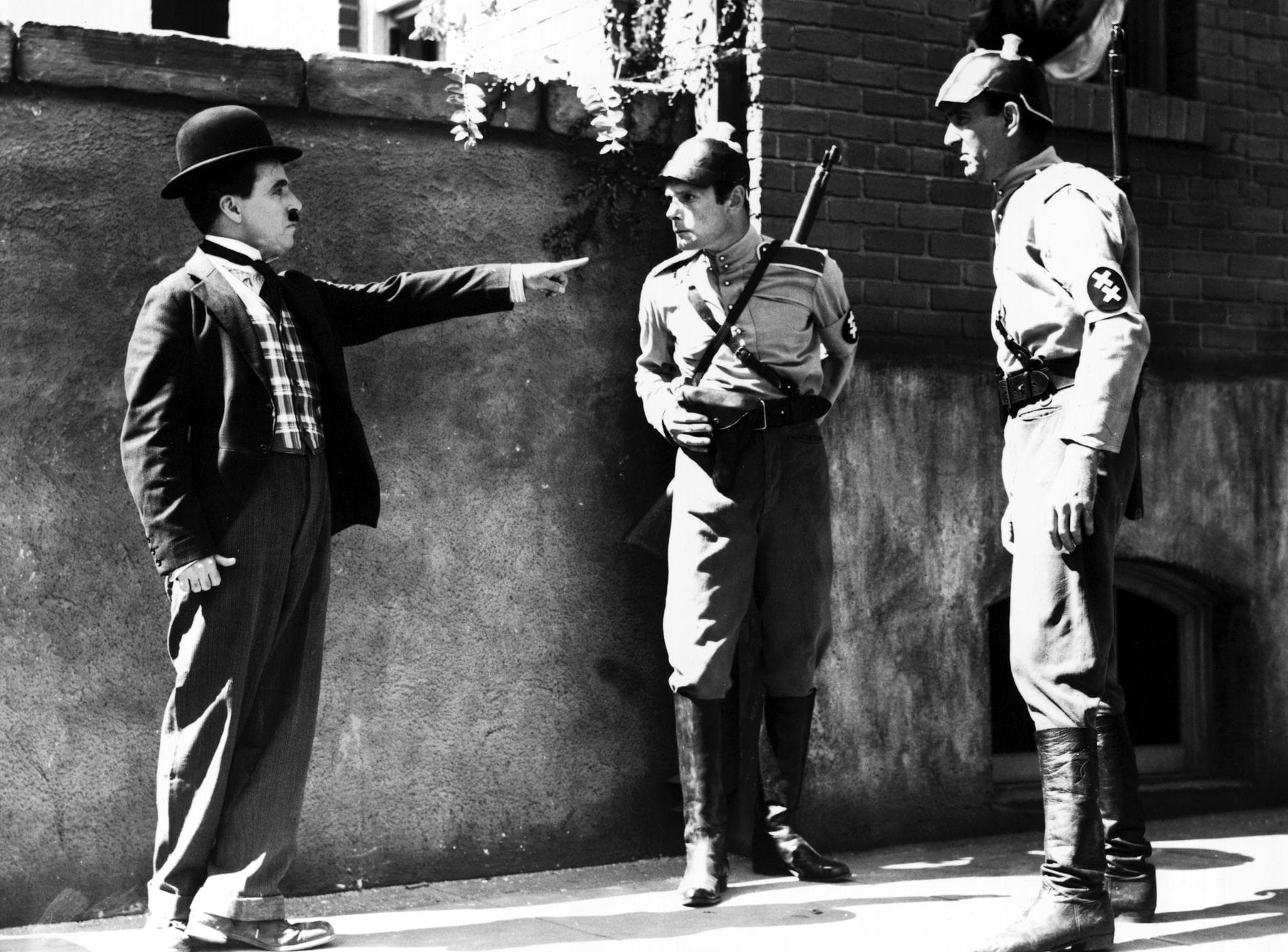

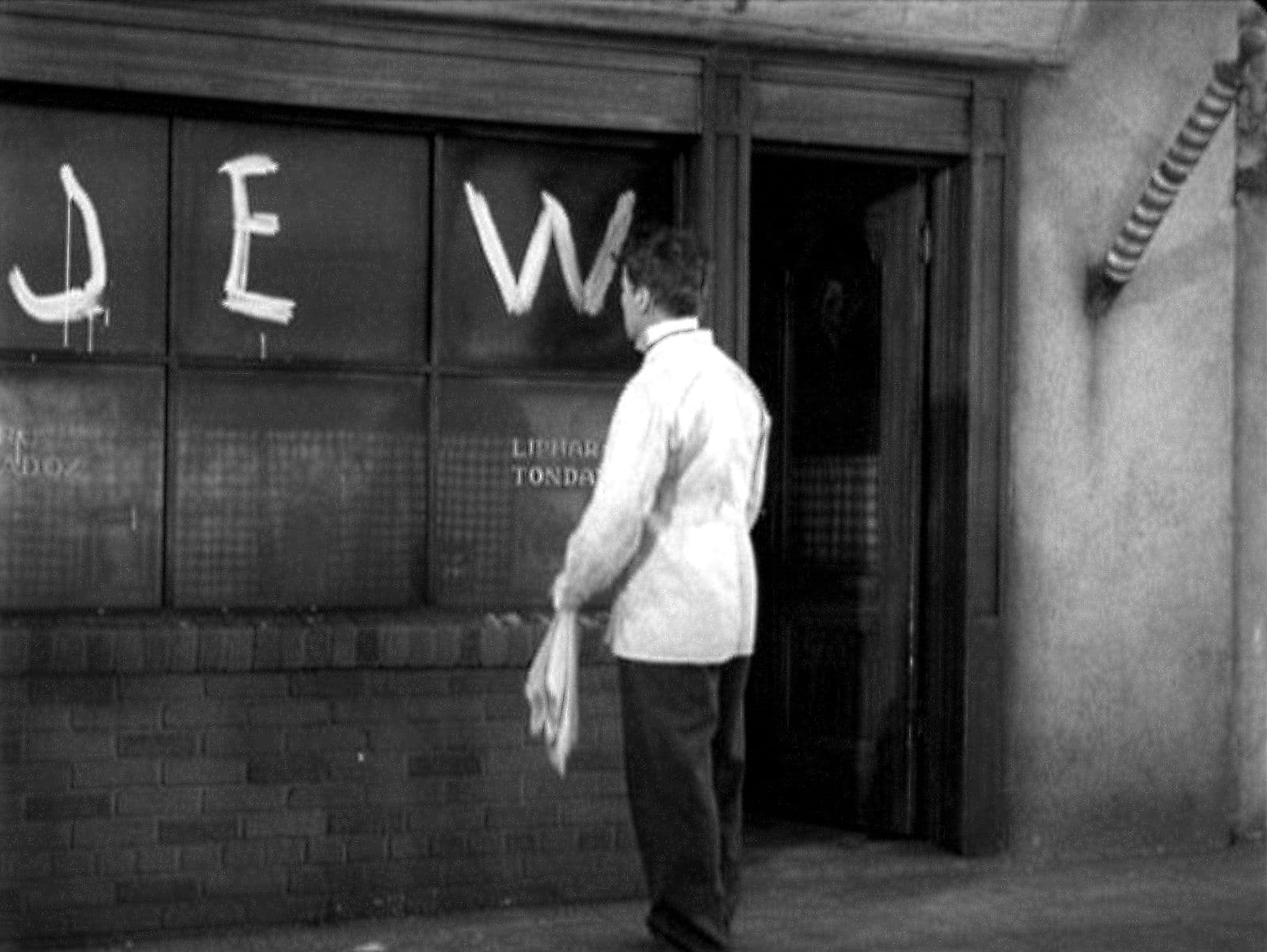
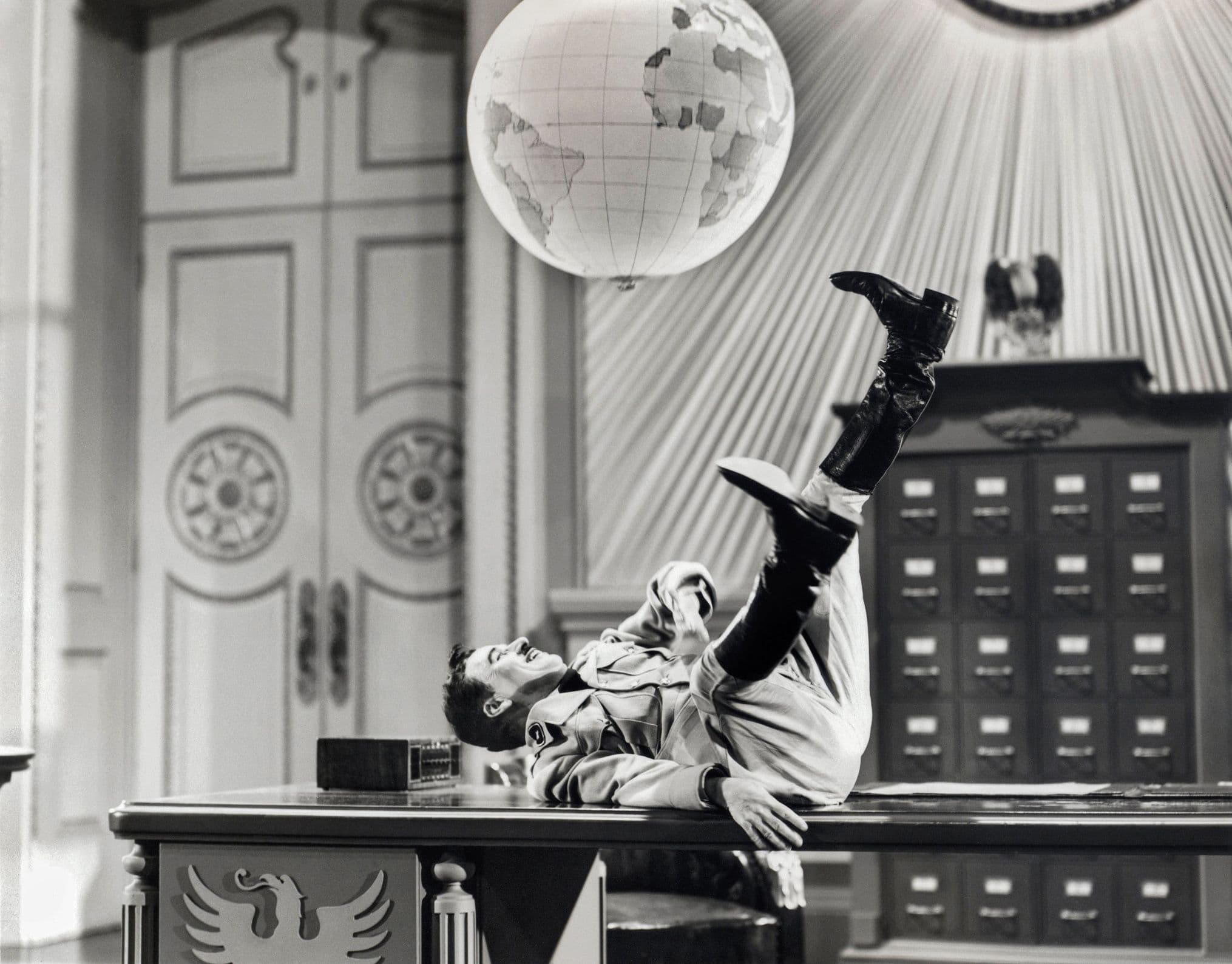

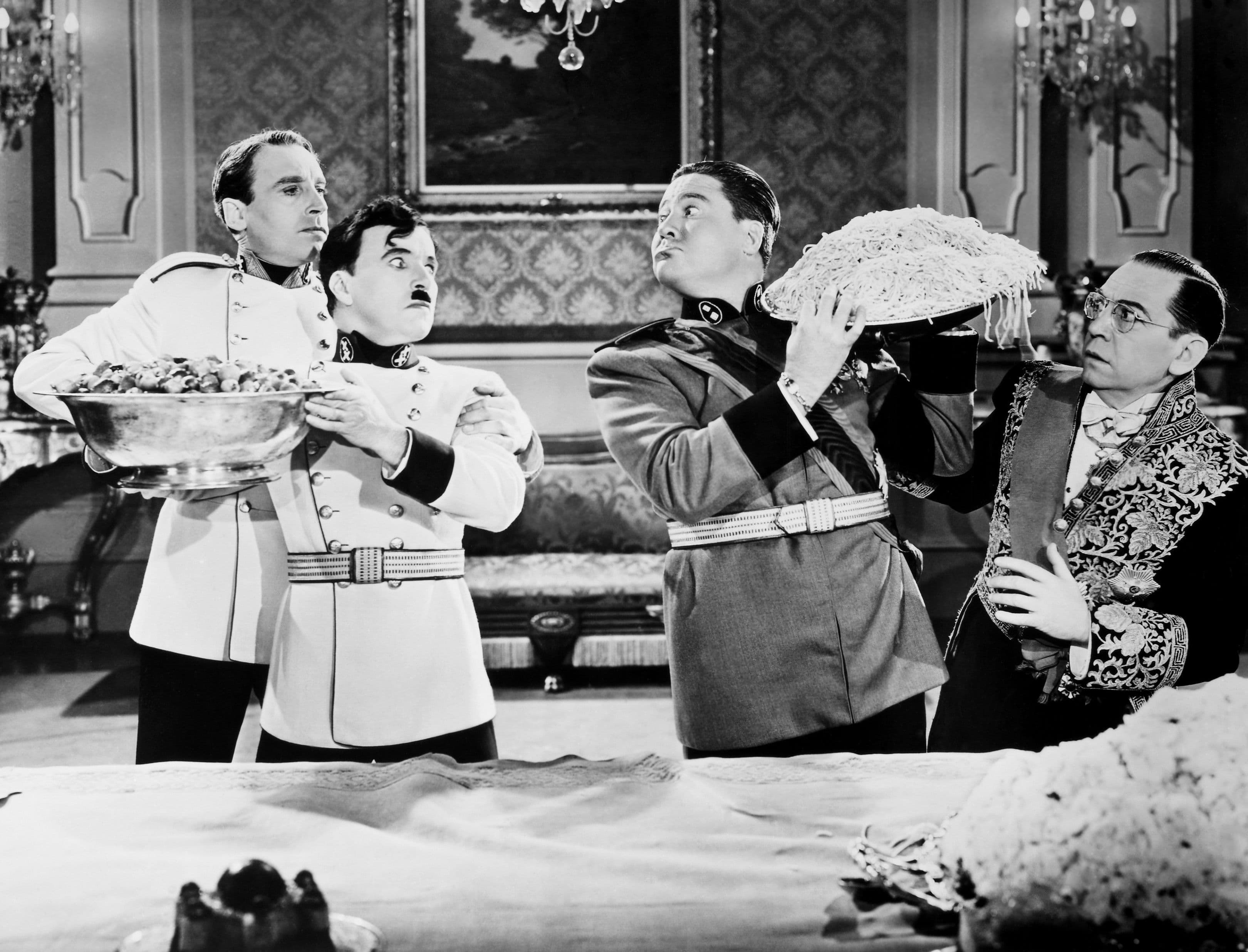
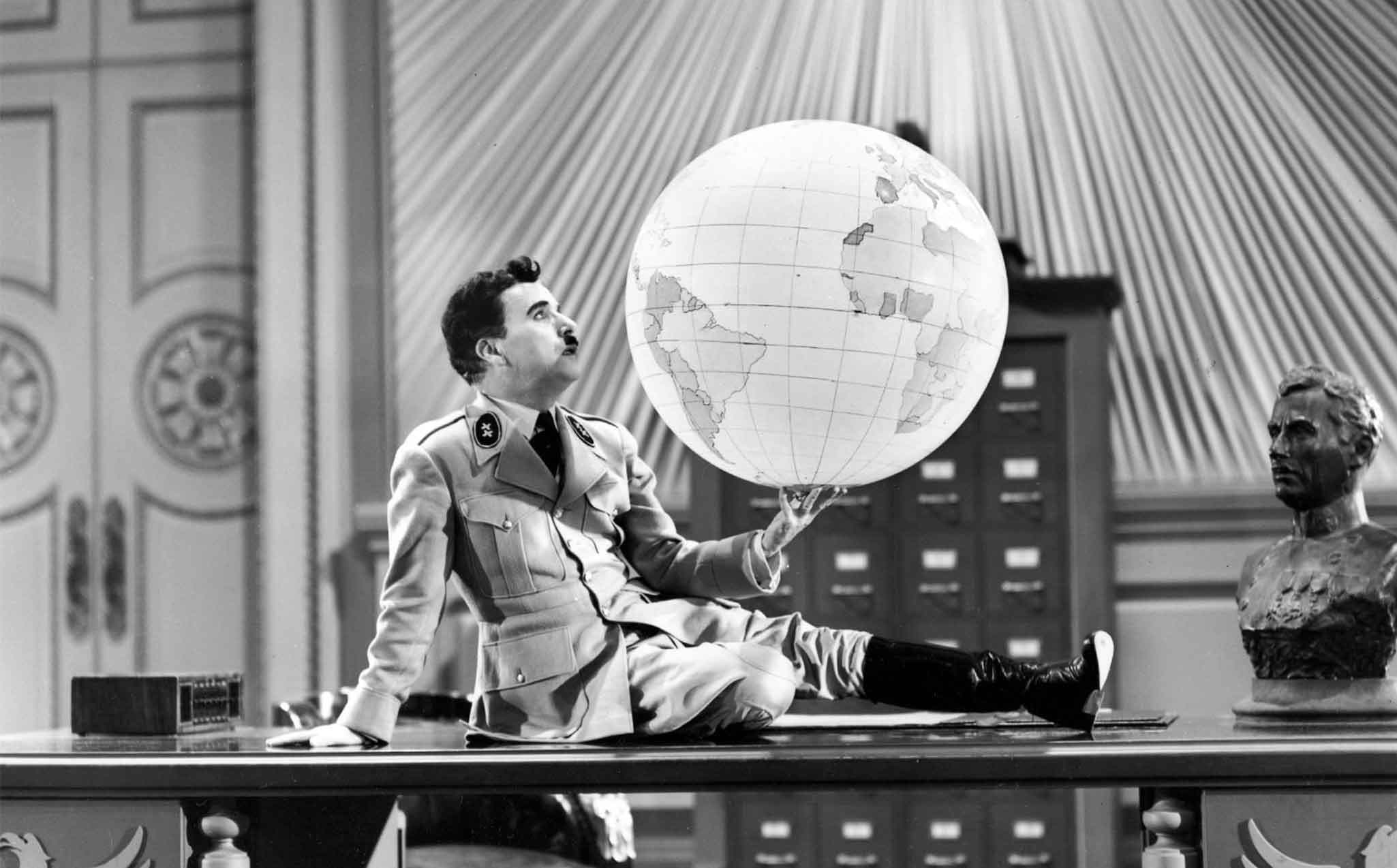

Featured Videos
Memorable Scene
Comments
Loading comments...